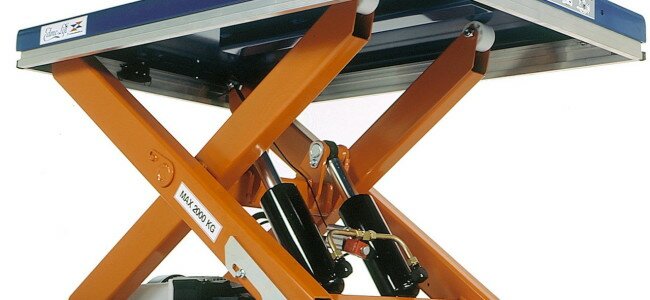
The crane provides a series of operations: capturing a single piece of cargo (or package), lifting and moving it to its destination, lowering and uncoupling cargo lifting and moving lifting device or devices to the starting position for gripping, lifting and moving the next cargo. These operations are alternated in sequence, repeating at certain time intervals (cycles). Therefore, the cranes represent lifting machines of continuous or cyclical operation, in contrast to the action of continuous conveying action (e.g. pipelines) that move loads in a continuous flow.
Cranes types
Jib cranes are divided into several groups, the most numerous of which is a mobile cranes group. Granada Material Handling, also known as GMH, a reputed UK-based business concentrating its efforts on manufacturing, lifting equipment inspection and lifting equipment services, admits the share of sales of general purpose equipment accounts to 63% (statistics are actual for the year of 2012).
Other cranes of jib type (e.g., tower ones) mobile cranes differ in that they have a special device for the escape of an independent movement to the area and are equipped with various types of removable boom equipment that allows the use of cranes on a variety of works and relatively quickly adjustment of their operating parameters. These devices offer high maneuverability within the construction site. Mounting and dismounting of mobile cranes, site preparation for their operation and movement, as well as the relocation of the crane from object to object has become easier, faster and cheaper. Continue reading “How It Works: Lifting Equipment”